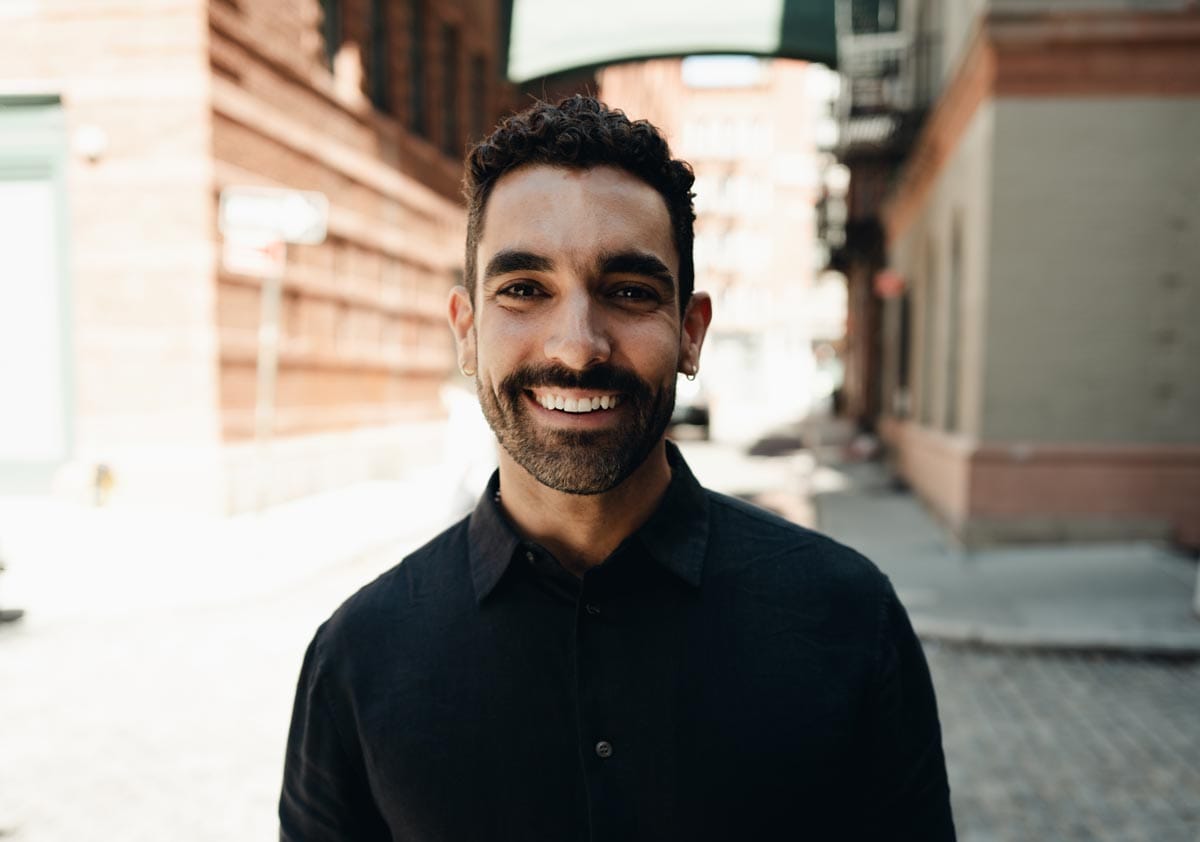
Freedom, transgression, enchantment, and transformation. These are the powerful words often used to describe Bernardo Mosqueira’s curatorial practice.
Since his very first show, Mosqueira has dedicated his career to bringing forth new voices and artworks that challenge hegemonic structures of knowledge and power. He’s deeply passionate about work that highlights different and more harmonious ways of living together. And the exhibitions he curates typically showcase issues of gender, sexuality, spirituality, ecology, and collective practices.
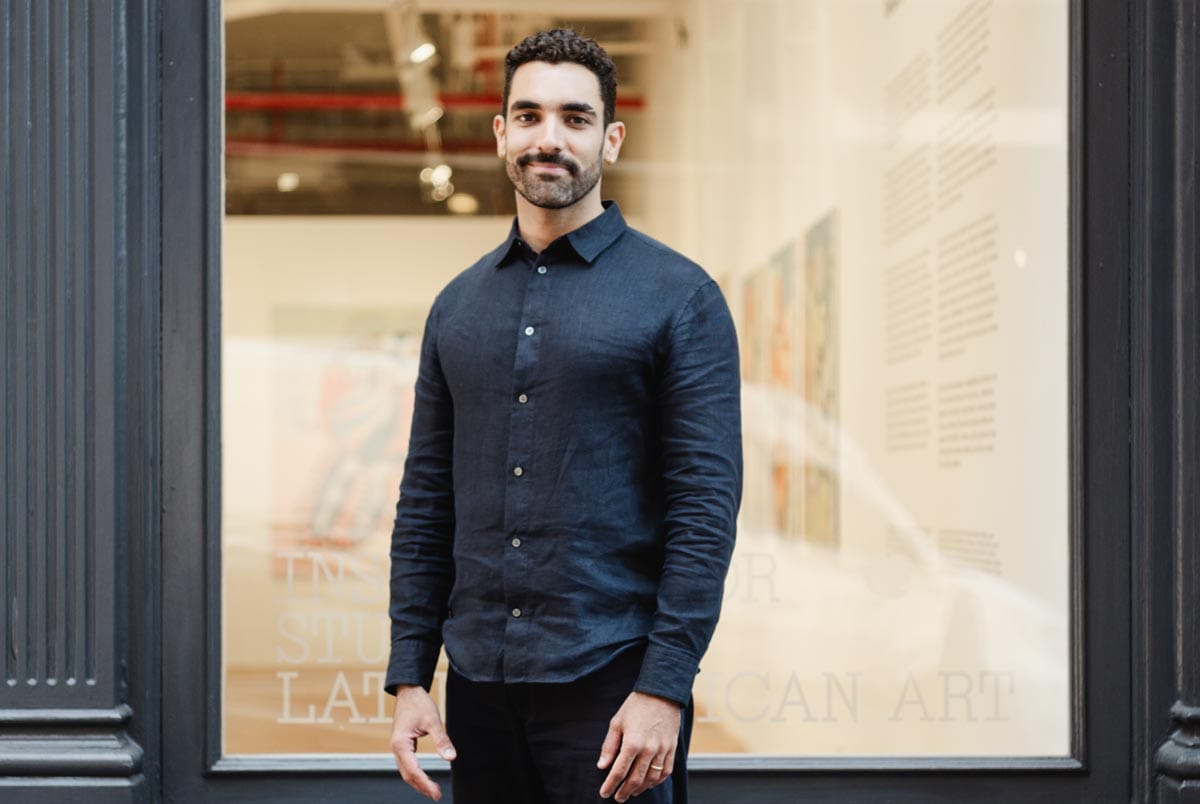
Mosqueira is awarded the Vilcek Prize for Creative Promise in Curatorial Work for his commitment to building institutions, frameworks, and platforms for emerging and radical artists, especially those from the Global South, Latin America, the Caribbean, and diasporic communities.
A Unique Journey from Engineering to Curating
Growing up in Brazil in a working-class family, Mosqueira wasn’t aware of the possibilities for careers in the arts. As he entered adolescence, he was fascinated by the way the arts created a sense of community, and spaces that welcomed those whose lives didn’t conform to traditional standards or expectations.
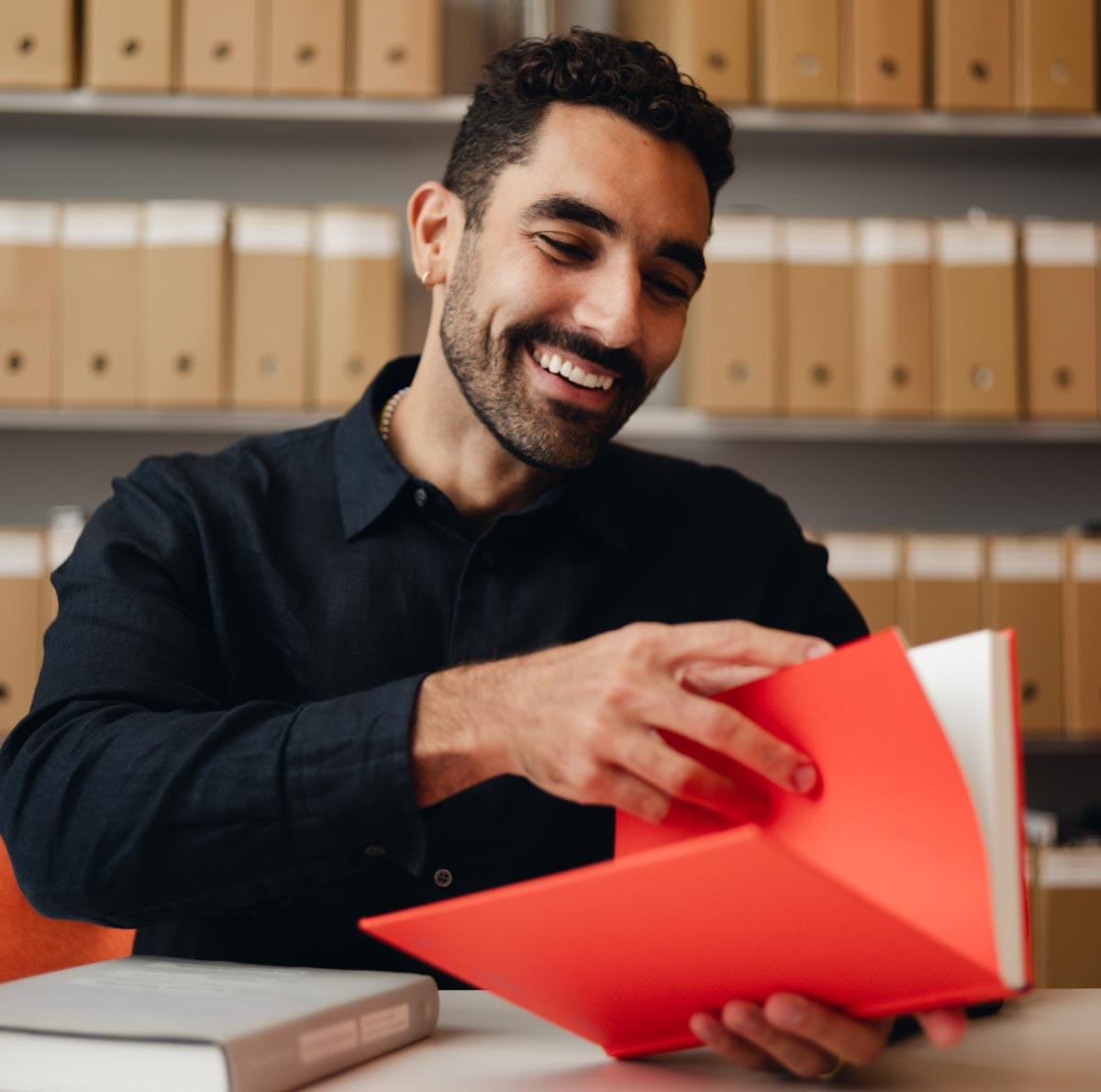
At the age of 18, Mosqueira was studying mechanical engineering when he first encountered Lisette Lagnado’s Como Viver Juntos (How to Live Together) at the 2006 São Paulo Biennial. “Although at that time, I couldn’t imagine I would work in the arts and develop a practice as a curator, I remember how deeply impacted I was by how the show featured so many different ways of living, thinking, feeling, negotiating the common,” says Mosqueira, “and [of] trying to find solutions, collective goals, middle grounds.” The juxtaposition and contradiction of ideas and perspectives presented by the exhibition inspired Mosqueira; the discourse of the show prompted expansive ways of thinking about how individuals navigate the world around them
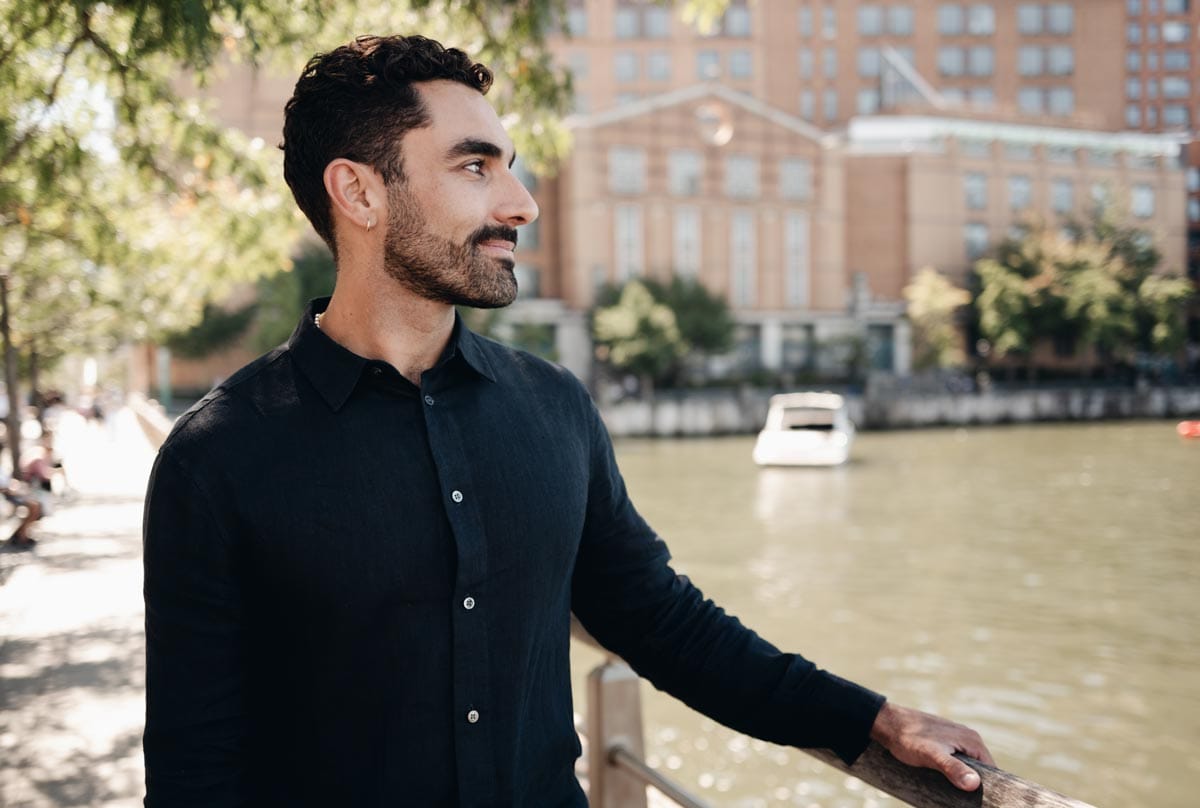
Mosqueira began to immerse himself in the arts community of Rio de Janeiro, developing close relationships with artists and arts collectives working at the intersection of arts and activism in the sprawling urban environment. He began taking a free class on art and philosophy with the great artist Anna Bella Geiger. “One day she told me in class, ‘You must quit engineering and become a curator! I’m joking … but I’m not!’ I clearly believed in her, and this changed my life.”
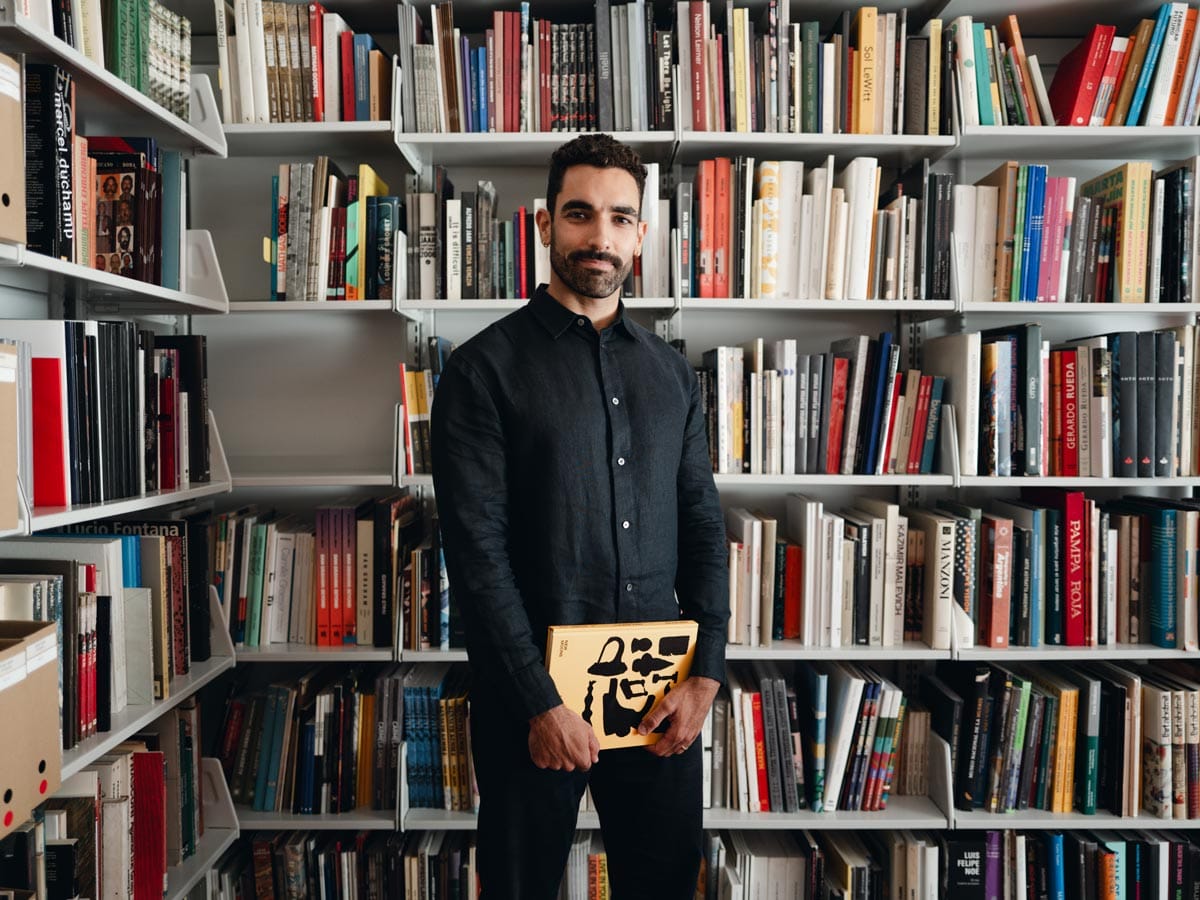
Revolutionary Cultural Change Through Art
Of all the projects Mosqueira has been a part of, nothing makes him prouder than the creation of Solar dos Abacaxis. He founded Solar with a group of collaborators in 2015 as an institution for experimentation on art and education in Rio de Janeiro. Nine years later, it has blossomed into the most important nonprofit art space in the city focused on contemporary art and experimental practices.
Since its foundation, the institution has developed more than 50 exhibitions with more than 650 artists from more than 20 countries. With many programs to support queer, trans, Black, and indigenous artists and to bring artworks from collaborators from the Global South, Latin America, and diasporic communities, Solar’s program has changed the cultural landscape of the city and helped to develop a bold new generation of artists.
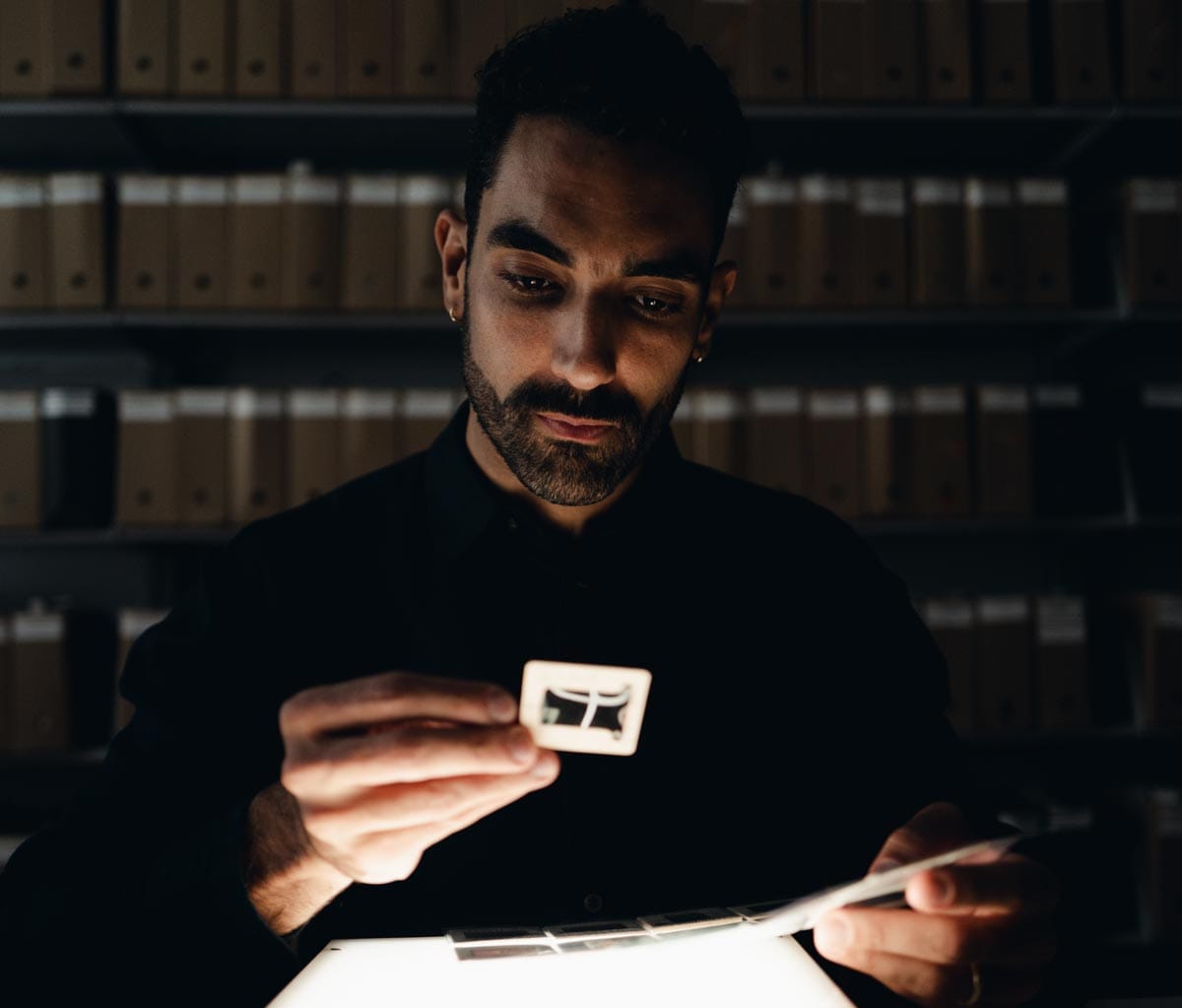
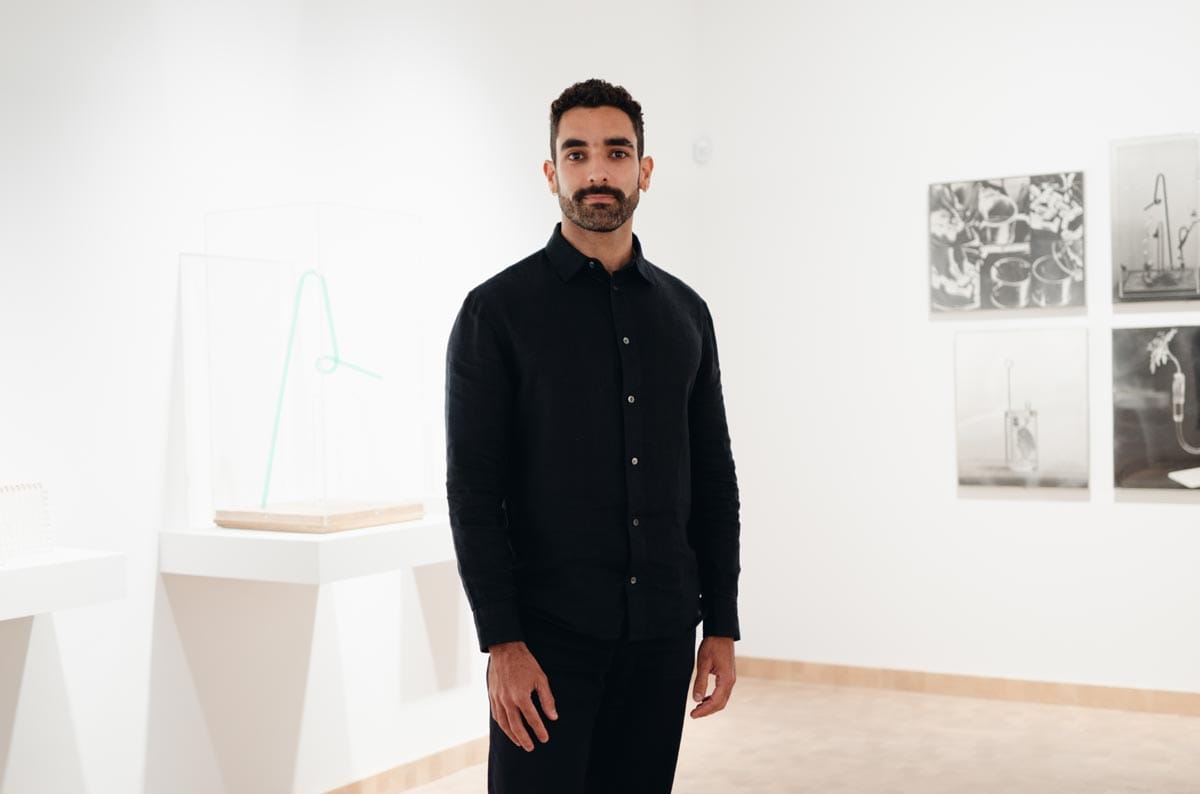
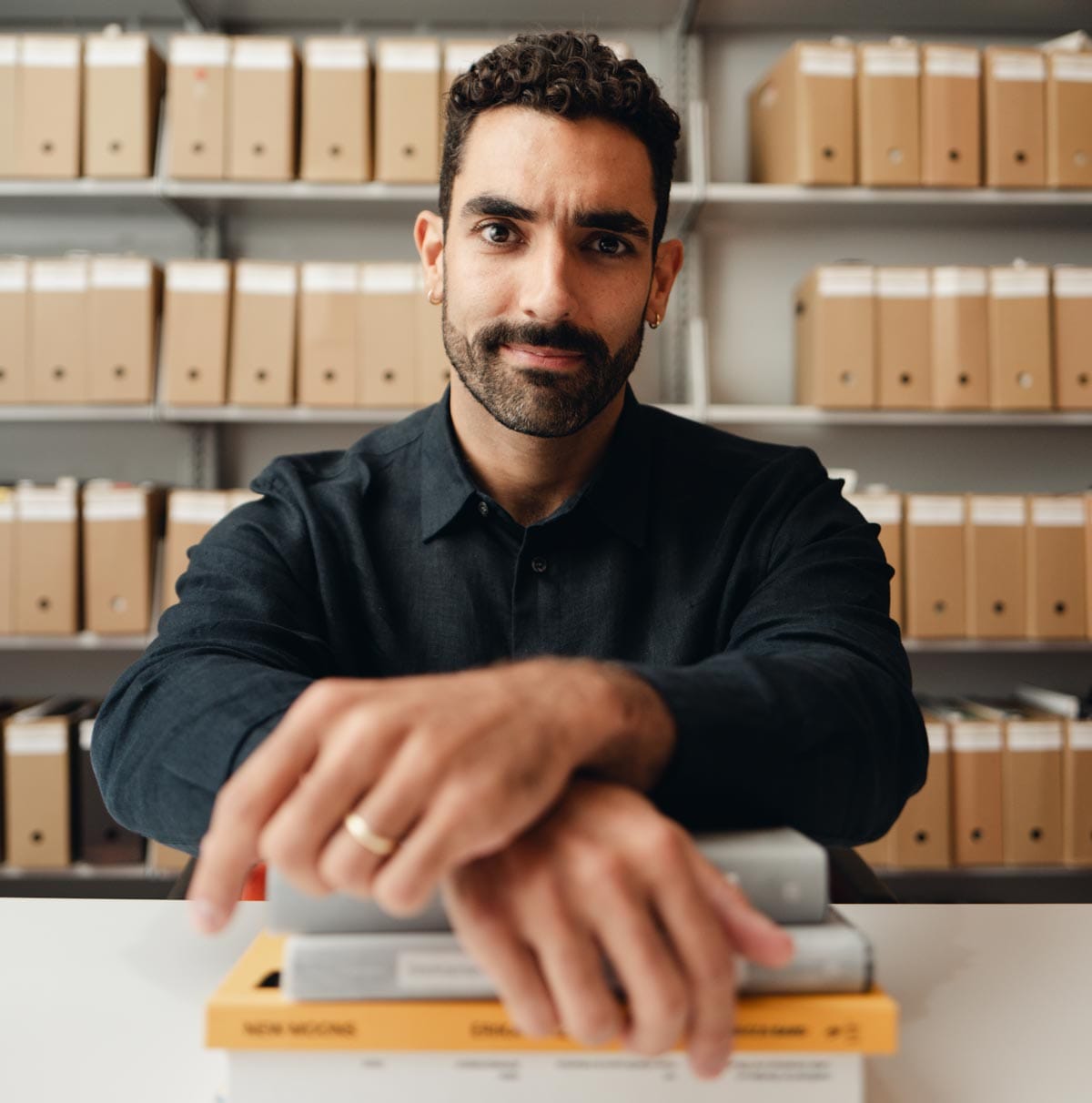



On a personal level, the skills Mosqueira learned while creating Solar helped him while he worked as a curator at the New Museum, and especially in his current role as chief curator at the Institute for Studies on Latin American Art. At ISLAA, Mosqueira says, “We’ve accomplished a lot in the past year. While we opened a new headquarters in Tribeca, we’ve also been expanding and diversifying our public-facing activities, building our program and growing our collection in the direction of the great diversity and vibrancy of Latin American, Caribbean, and Latinx art. I’m really excited with what is coming up ahead.”
Related News
Vilcek Foundation Awards $250,000 in Prizes to Immigrant Curators

Oluremi C. Onabanjo: Expanding the Horizons of Photographic Histories
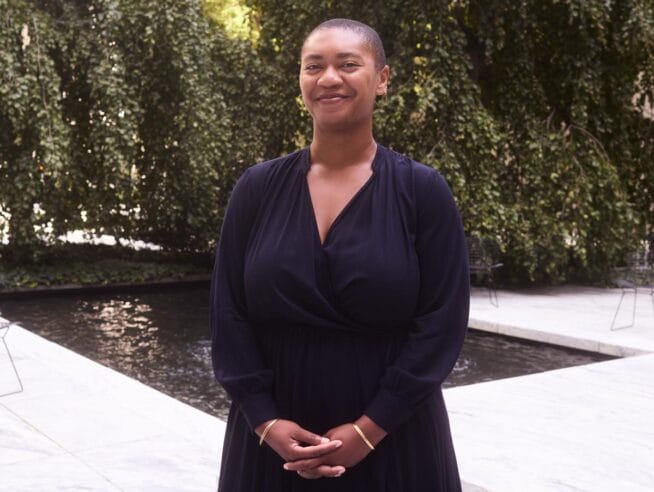
Francesca Du Brock: Curating Alaska
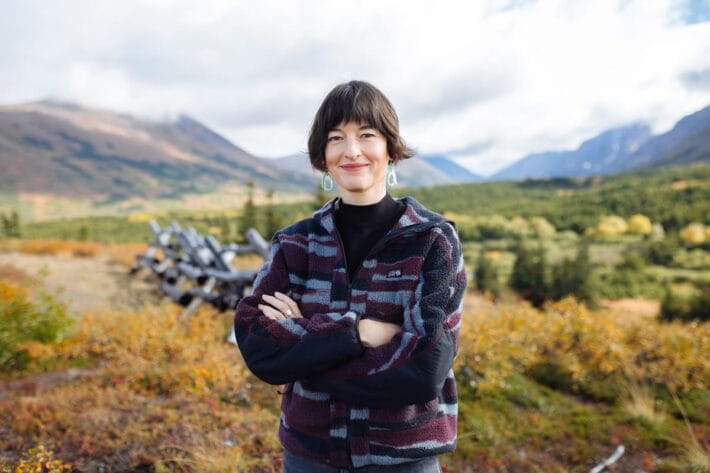
You may also be interested in
Bernardo Mosqueira
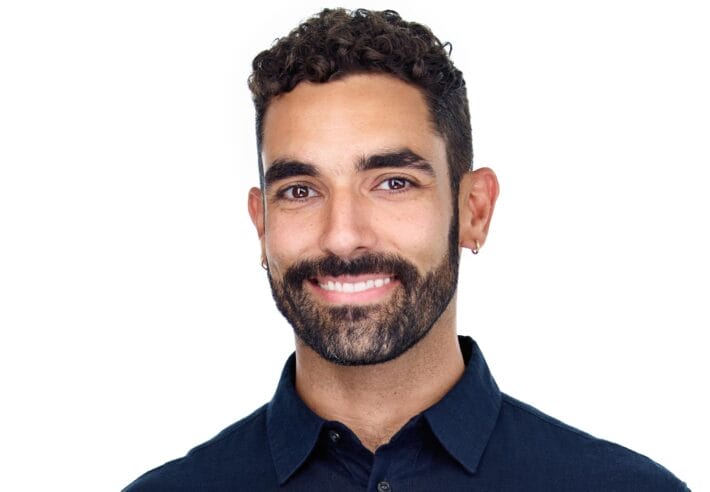
The Center for Curatorial Leadership

Asia Art Archive in America
